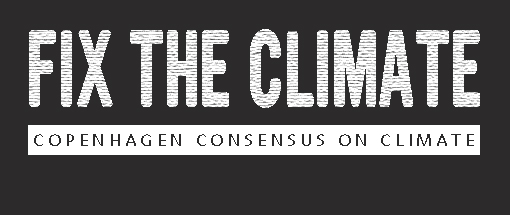Fix The Climate: Cutting Carbon Emissions Assessment, Tol
Assessment Paper
The working paper used by the Expert Panel is available for download here, the finalized paper has been published in Smart Solutions to Climate Change by Cambridge University Press.
Climate economist Prof. Dr. Richard Tol examines the costs and benefits of cutting carbon under different scenarios.
He finds: “A well-designed, gradual policy of carbon cuts could substantially reduce emissions at low cost to society. Ill-designed policies, or policies that seek to do too much too soon can be orders of magnitude more expensive. While the academic literature has focused on the former, policy makers have opted.”
He notes that available estimates suggest that the welfare loss induced by climate change in the year 2100 is in the same order as losing a few percent of income. That is, a century worth of climate change is about as bad as losing one or two years of economic growth.
Tol writes that a clever and gradual abatement policy can substantially reduce emissions (such as stabilizing greenhouse gas emissions at 650 and 550 ppm CO2eq) at an acceptable cost (1 or 2 years of growth out of 100, respectively).
Very stringent targets, however, such as the EU’s target of keeping temperature rises under 2ºC, may be very costly or even infeasible. And suboptimal policy design would substantially add to the costs of emission abatement.
Tol specifically considers five alternative policies for carbon dioxide emission reduction.
At one end of the spectrum, he looks at a $2.5 trillion expenditure on emission reduction in the OECD before 2020. Tol concludes bluntly: “This is rather silly. The benefit-cost ratio is less than 1/100”.
Spending $2.5 trillion across the world before 2020 “is less silly because non-OECD emission reduction is a lot cheaper, but the benefit-cost ratio is still only 1/100”.
The third policy continues the same intensity of climate policy between 2020 and 2100. Most negative impacts of climate change are avoided by this policy, but the costs are so large that the benefit-cost ratio is only 1/50.
In the fourth policy, $2.5 trillion is invested in a trust fund to finance emission reduction over the century. The benefit-cost ratio is 1/4.
In the fifth policy, the trust fund is twenty times as small. The benefit-cost ratio is 3/2. In this policy, a tax of $2/tC is imposed in 2010 on all emissions from all sources in all countries; the tax rises with the rate of discount.

